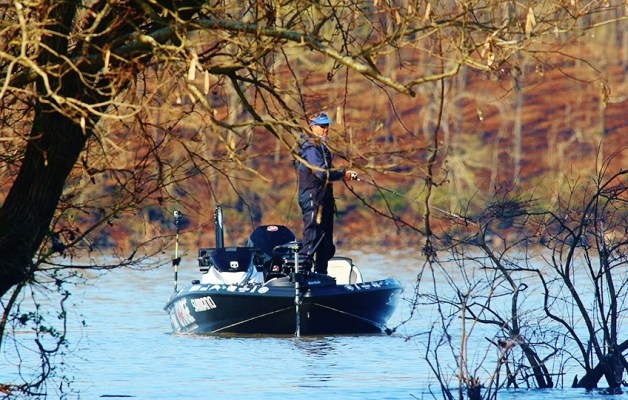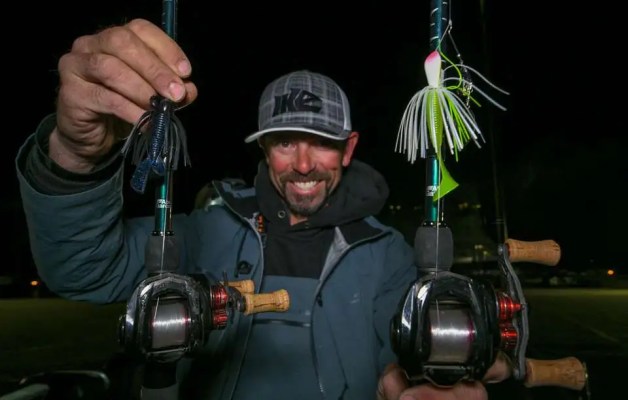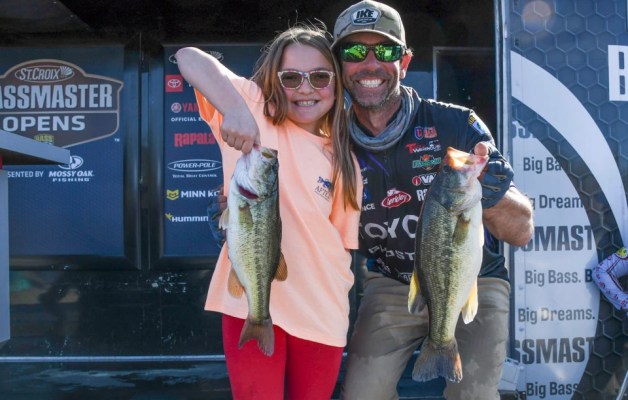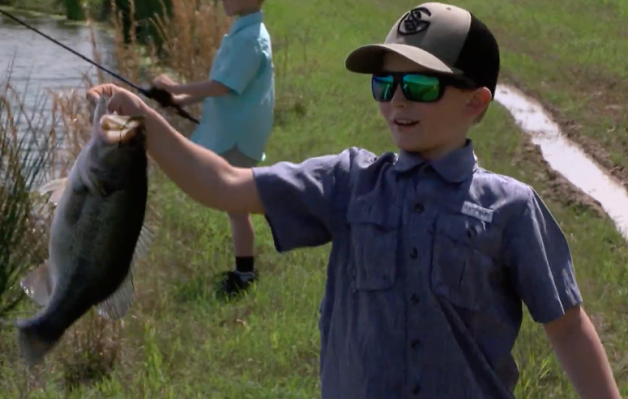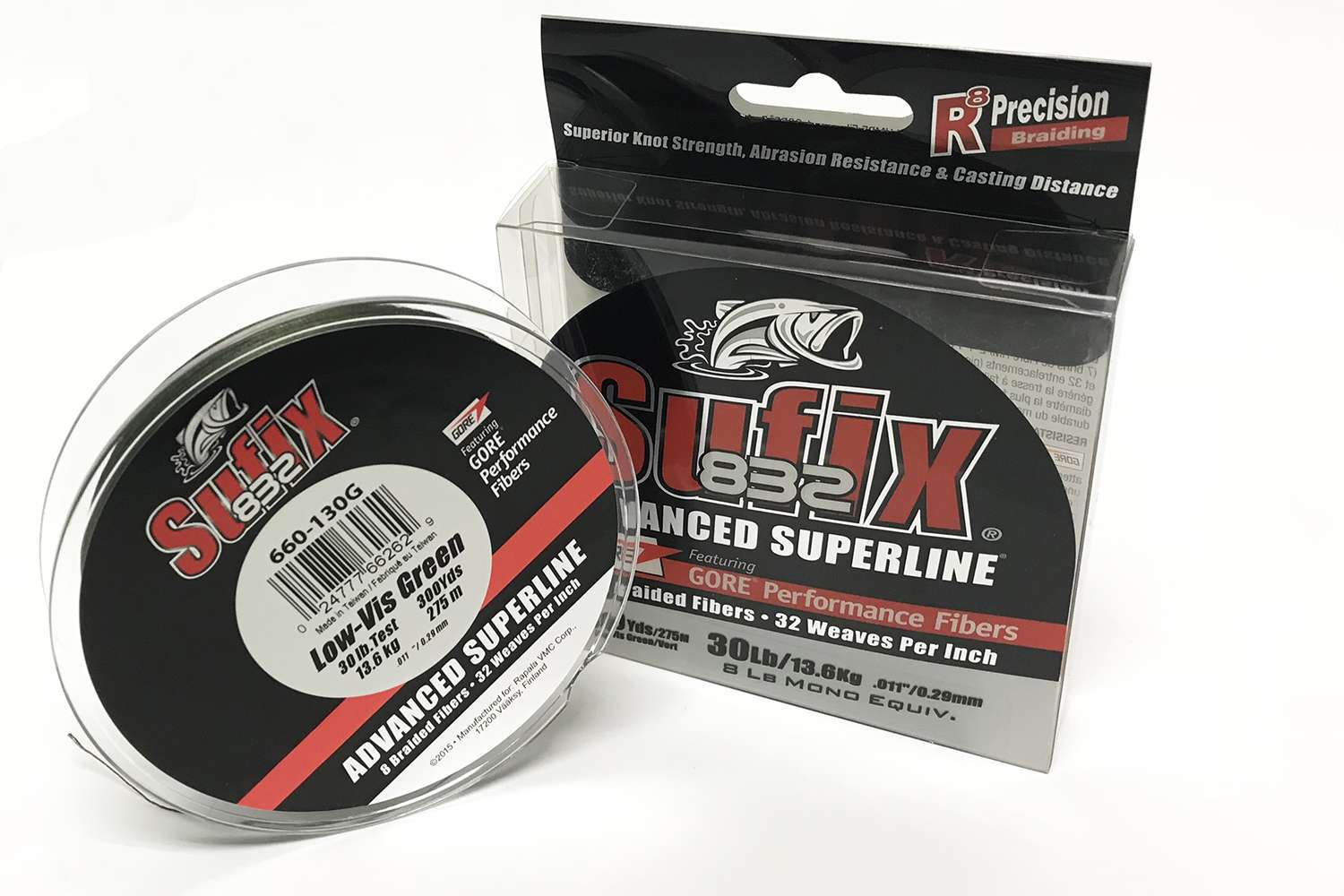
There are three basic types of line: Monofilament, fluorocarbon, and braid.
All come in a variety of sizes sorted by strength, also known as “test.” For bass fishing and the Texas rig, anglers use 6-pound fluorocarbon to 65-pound-test braid, all depending on the situation at hand. For starters let’s breakdown the three different types of line.
Monofilament
The economically priced monofilament line makes it the perfect choice for beginners and those on a budget. Not only is monofilament less expensive, monofilament can be more forgiving for beginning anglers, due in part to the amount of stretch the line allows when fighting a thrusting fish. The stretch of the line allows for more user error while still keeping tension on the line. Monofilament tends to be more abrasion resistant than any other line, except braid. There is one key characteristic of monofilament that does make it second choice when fishing a Texas rig, or any bait that you want to keep at the bottom of the water column; monofilament floats. Floating line can be good for topwater, Carolina-rigging leaders, and any bait that you intend to fish near the top of the water column or want to keep off the bottom. For Texas-rigging, I tend to avoid monofilament, due to the buoyancy and the lack of feel of the rig.
Fluorocarbon
Sensitivity, less stretch and line that does not float, comes at a price point that may not be friendly for a beginning anglers budget, but worth every penny when performance matters. The sensitivity allows for better feel, while the lack of stretch allows for more direct hooksets. Above all, the line does not allow your bait to float up when fishing across the bottom. When selecting the right test fluorocarbon, make sure you know the cover that you are fishing around. The less cover the smaller test and diameter line you can get away with. The more cover and the shallower depth, the larger you will need to go. For example, fishing for pressured spawning fish around cover, some select fluorocarbon over braid — due to the fact that fluorocarbon is virtually invisible in the water — but with direct contact and heavy equipment, 20- to 25-pound test fluorocarbon is needed. If fluorocarbon has any disadvantages, it would be that the line is less abrasion resistant than braid or monofilament.
Braid
Despite its small diameter, and little to no stretch, braid is extremely strong. These are couple of reasons I choose braided line when fishing in heavy cover and matted vegetation. Though braid is strong, castable and reliable, it is not translucent like fluorocarbon or monofilament. For this reason, selecting braid in sunny, clear water is probably not your best bet. But when flipping a 1-ounce tungsten Texas rig in matted vegetation, 50- to 65-pound braid is needed to winch the bass out of its habitat.
All three line types above have their advantages and disadvantages. When fishing a Texas rig, remember to mainly take into account the cover of the fishery when selecting line.
Part 1 | Part 2 | Part 3 | Part 4 | Part 5 | Part 6 | Part 8
Editor’s Note: Are you new to bass fishing? Explore our Bass Fishing for Beginners page to find dozens of tips for new bass anglers.

